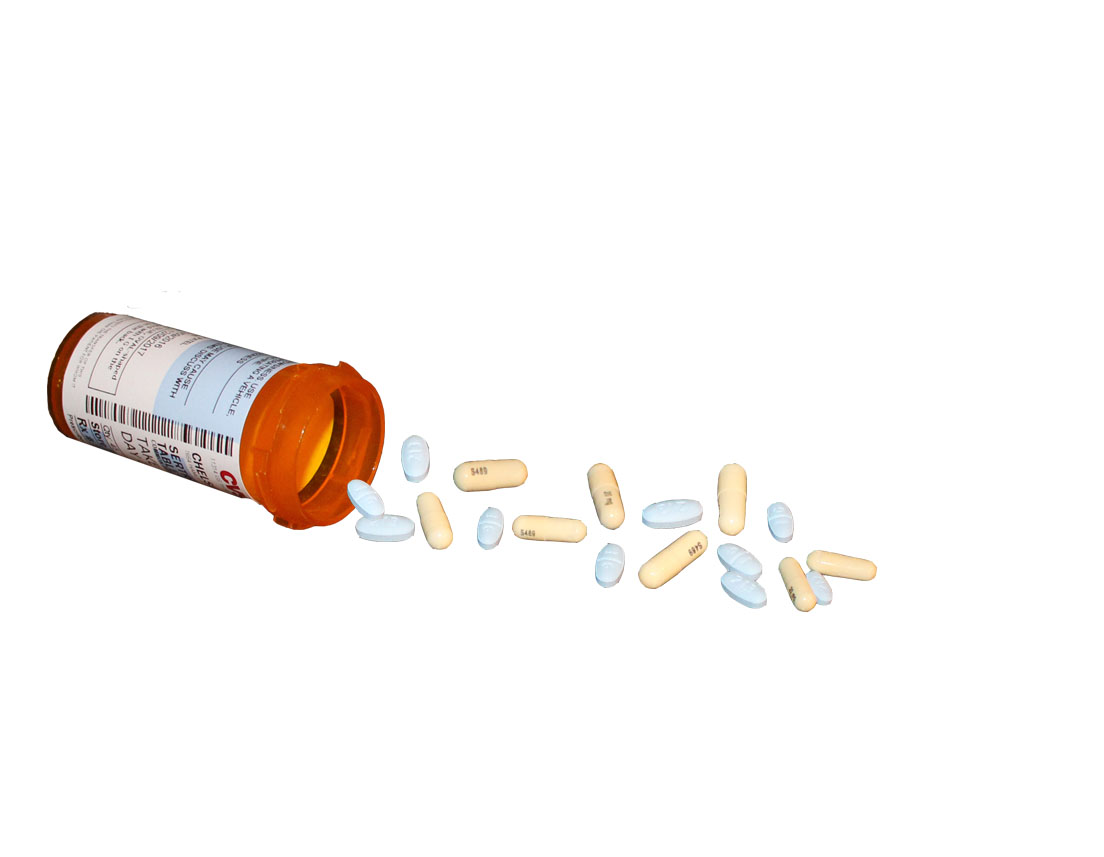Drug culture has been evolving since its major kickoff in the 1900’s and is influenced by things such as societal norms and technological advances. Prescription drugs for teens have become more prevalent in the 2010’s than they have been in the past, and increasing environmental availability contributes to the use of prescription drugs by teens.
Prescription drugs are abused by teenagers for an array of reasons, while those participating often disregard the detrimental health effects that such would have on their bodies, as well as the legal repercussions that may follow.
“I can definitely say that the amount of [students getting caught abusing prescription drugs] has increased,” school nurse Melissa Lassen said. “I can definitely tell you that over the past 10 years in school, I have seen this increase.”
In a poll conducted by The Omniscient, 33 percent of juniors surveyed and 27 percent of seniors surveyed say they have abused a prescription drug that was not prescribed to them. Of those who have used prescription drugs, 53 percent claimed they did so rarely, eight percent claimed they did so multiple times a week and five percent claimed they did so once a week.
Experimentation with prescription drugs amongst teenagers can be accredited to many things, including influences like social and academic pressures inflicted upon teens by friends, family and teachers. The two most commonly abused prescription drug classes are stimulants, such as Adderall or Vyvanse, and opioids, such as Promethazine and OxyContin. Opioids are often abused for a relaxed high while stimulants are typically abused by teenagers for school related purposes, such as giving students the ability to stay up for night-long study sessions or for an extra focus-booster on things like the SAT or ACT.
“I used to take Adderall every day, but I didn’t have a prescription; I would have to buy them,” an anonymous senior said. “[When on Adderall], I get all of my school work done. Adderall really just makes you focus in on things and you can get everything done.”
In reaction to students abusing stimulants for increased school performance, many professionals suggest a simple solution: keeping your body healthy.
“If you take care of your body the way you’re supposed to, you shouldn’t need to abuse [ADD and ADHD] medications,” Lassen said.
According to a 2015 study done by The Huffington Post, as many as 16 percent of children in North Carolina were diagnosed with ADHD (Attention-Deficit Hyperactivity Disorder), which is commonly treated with the popularly abused drugs Adderall and Vyvanse. From 1990 to 2012, the amount of kids prescribed stimulants has risen from 600,000 to 3.5 million. According to the Centers for Disease Control and Prevention, national ADHD diagnoses in kids has gone from between three and five percent to 11 percent from 1990 to 2013. In the same study, it was recorded that in 2012, 16 million Adderall prescriptions were written for adults ages 20-39.
Common side effects of stimulants that treat ADD and ADHD can include things such as restlessness, dry mouth and loss of appetite. Stimulant withdrawal can create depression, exhaustion, and sleeping problems.
“I don’t like to take Adderall because of the way it makes me feel afterwards,” an anonymous junior said, “When you come down [from an Adderall high], you just feel depleted; you feel completely done and just want to lay in your bed for 24 hours.”
The high rates of medicated teenagers and adults in the United States makes these prescription drugs more available to those likely to abuse them.
“I broke my collarbone and got surgery,” said junior Dylan Hamer. “I was prescribed OxyContin and was on it for about three months. I was [asked to] sell my medication by pretty much all of my friends, but I never did.”
Those who are prescribed painkillers like OxyContin can easily develop a dependency on their medications, even when they are taken at the intended amounts. This is where addiction can form, when it is not necessarily the fault of the person taking the medication.
“For the first month or so I could tell that I was definitely high when I took it, but after a month or two it felt normal,” Hamer said. “I built up a tolerance to the pills so that when I was taking them I would stop getting high and it would only kill the pain. Once I stopped taking the medication, I could tell that I was going through withdrawals.”
Withdrawals and the comedown from any prescription drug can be detrimental to one’s temporary and long term health, and are practically inevitable whenever someone is experimenting with prescription drugs not prescribed to said person.
“The most dangerous thing [about prescription drugs] would be the side effects,” School Resource Officer Raymond Barrios said.
Besides common prescription pills, Lean is a drink that can be made up of cough syrup and soda. According to the Metropolitan Drug Commission, 1 in 10 teens have consumed prescription cough syrup in such a fashion to get high.
“Lean can be made out of a lot of different things, and I had done a lot of painkillers before extracting one to turn into Lean,” the senior said.
The spike in popularity of the drink Lean can be accredited to many things, a prominent one being rap culture and hip-hop music. Rappers popular amongst teens who proudly advocate for Lean include people such as Future, Lil Wayne, and more. Future came out with an album in January of 2016 titled Purple Reign which included songs such as Perkys Calling and Purple Reign.
Many people do not consider the adverse effects of Lean because it is made with painkillers, which calm the body, while some who do tend to ignore the possibilities.
“The first time I ‘Leaned,’ I was at a party and someone had some and asked if I wanted to try it, and I did,” said another anonymous junior. “When I tried it, I really enjoyed it… everything felt a little bit slower and I was really relaxed, and I’ve Leaned about 15 times since.”
Like other prescription drugs, those who use Lean can build a dependence on it. Lean can cause withdrawal symptoms after constant use because it contains painkillers.
“I’ve thought of the dangers,” the student said. “I’ve noticed that sometimes when I’m not on Lean I feel different, almost like withdrawals.”
Besides the highs, addictions, withdrawal symptoms and health effects, one thing that comes along with prescription drug abuse that users often do not think to consider are the legal repercussions of being caught in possession of a prescription that is not yours.
“Any prescription medicine you have on your person that is not yours is a felony,” Barrios said. “For a misdemeanor, the max sentence is six months in jail and for a felony, you’re looking at least a year plus.”
While many prescription drug possession charges are reduced from a felony to a misdemeanor, this still means that those charged are put on probation, and Barrios explained how this can open doors to future crimes.
“I was walking into the building at [Jordan Matthews High School] and there was a boy handing another boy a pill right in front of me” Barrios said. “That’s not smart. Both of these boys were expelled, the boy who had possession of the pill, a muscle relaxer from his sister, is in prison now because he continued a life of crime.”
While prescription medications seem safe to many because they are distributed by doctors, “more teens die from prescription drugs than heroin and cocaine combined,” according to absoluteadvocacy.org .
– By Riley Wolfgang



